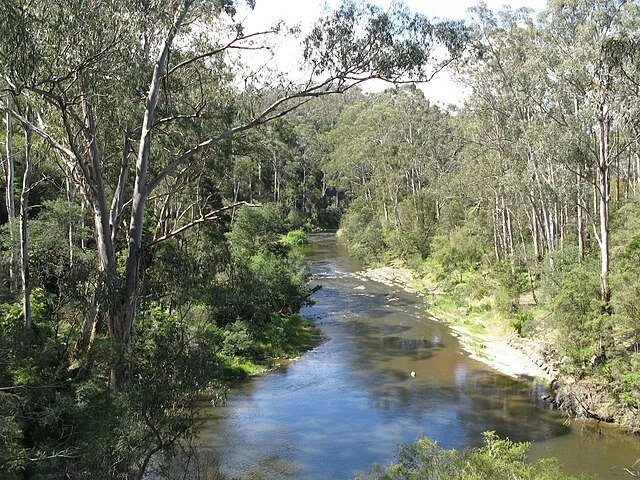Warrandyte North – Reflecting on Emotional Preparedness in One of Victoria’s Highest-Risk Landscapes
Driving into Warrandyte, the dense bushland and the limited roads in and out make the risk immediately tangible. Nowhere is this more evident than in North Warrandyte, where residents live with the knowledge that a fast-moving fire can cut off the township in minutes.
We were back on the road last Friday for our Warrandyte North session, supported by the tireless energy of Max from Bushfire Resilience Inc. (www.bushfireresilience.org.au), who coordinated a group of 11 locals willing to come together and reflect on their emotional preparedness for bushfire.
Many participants carried significant lived experience with them — several had survived Black Saturday. Their courage in stepping into a workshop that invites reflection, memory, and vulnerability cannot be understated. For some, this was the first time in years they had spoken openly about that day. They told us that simply having a safe, contained place to share their experiences was unexpectedly helpful.
A strong theme emerged around the complexity of deciding whether to leave early or stay and defend when you have horses, livestock or pets. These decisions are rarely straightforward; they stir up powerful emotions, loyalties and fears, and can shape our triggers for when to act. Residents said it was validating to explore these tensions together.
The group also raised a couple of practical insights. Several people felt that it would be useful for residents to undertake a clear risk assessment of their property — something that sits firmly in the expertise of the local CFA. Others highlighted that many bushfire plan templates can be confusing, because they don’t distinguish between preparation planning and survival planning should you suddenly find yourself in a fire — for example, if your first trigger were a “It’s No Longer Safe to Leave” VicEmergency alert.
We were able to clarify that What Will You Do in the Heat of the Moment? workshops aren’t designed to replace technical property guidance. Instead, they focus on a different kind of preparedness — not the bricks and mortar of your home, but the architecture of your mind and heart. Your clarity under pressure. Your ability to recognise your emotional triggers. Your capacity to act early, decisively and safely.
After the session, we returned to our accommodation for the usual charging, cleaning and disinfecting routine to prepare the equipment for the next community.
A huge thank you to Max at Bushfire Resilience Inc. for his support, energy and partnership. Bushfire Resilience Inc. hosts excellent webinars that dive deeply into the facts of bushfire preparedness and we highly recommend visiting their website to learn more: www.bushfireresilience.org.au
Photos:
Yarra River Pound Bend, Nick Carson, 2008 (the year before Black Saturday)
After each workshop, heated vest batteries, headphones and VR headsets are charged. Headphones and headsets are disinfected and repacked, ready for the next workshop.


